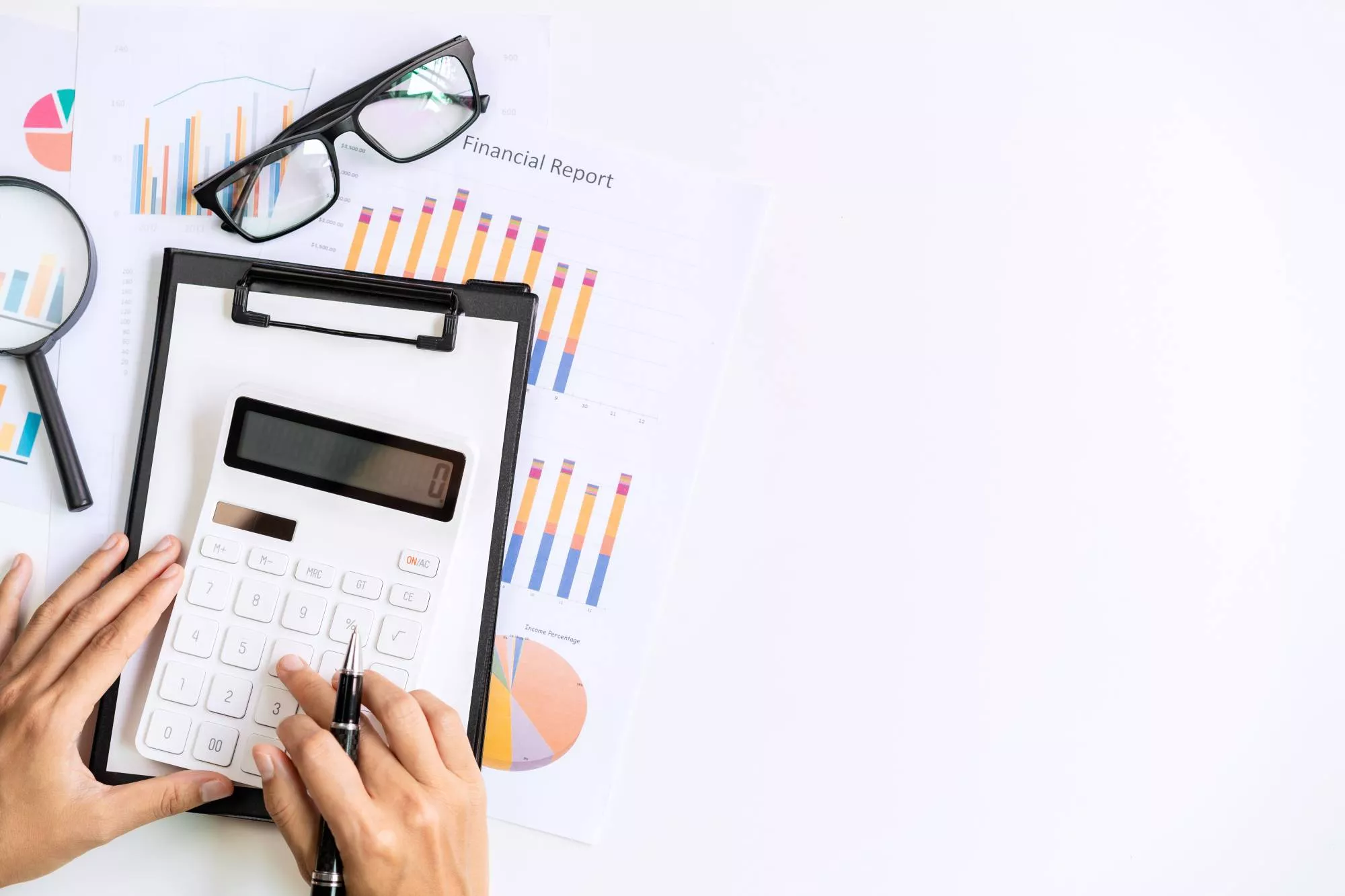
TABLE OF CONTENTS
An accounting equation is a tool businesses of all sizes must use to help keep a handle on their financial health. Even if you have an accountant who handles the numbers for you, you should have a basic understanding of the accounting equation. The accounting equation is the foundation of the double-entry accounting system. Therefore, the basic accounting equation helps businesses around the world create financial statements. Let’s learn more about what the basic accounting equation is, why it exists, and how to use it in the expanded accounting equation.

What is the Accounting Equation?
The accounting equation is a major piece of your small business’s financial planning puzzle. As mentioned, the accounting equation is the basis of the double-entry accounting system. The double-entry system simply tracks where your money is coming from and where it’s going. The equation is:
Total Assets = Liabilities + Equity
On the other hand, the accounting equation reveals the relationship between assets, liabilities, and equity. This fundamental element of the balance sheet helps companies determine if they have enough funds for operations or expansion as well as how much debt they have. This is similar to a debt-to-income ratio.
The balance sheet is a financial document that shows how much money an individual, business, or other organization has coming in and going out. The accounting equation (also known as the balance sheet equation) helps show whether someone owns more than they owe – which would mean they have equity on their side of the ledger; less, then it’s likely they may need business funding soon.
Double-entry accounting
Double-entry accounting is a way to keep track of your business’s finances by tracking every transaction that happens. This means if you buy something for $500, and it shows up as an asset on one side of the equation, then there must also be a liability or equity account entry with equal value. For example, when buying commercial property using loans from lenders like banks – both sides should increase because they’re related transactions. This concept can get confusing at first glance. However, understanding how all these numbers work together will help you understand your financial health. It will also empower you to make smarter decisions about what comes next.
Single-entry accounting
Single-entry accounting doesn’t require you to use the balance sheet equation since it doesn’t require a balance between the two sides. Businesses that use the single-entry accounting system track their assets and liabilities separately.
The 3 Elements of the Equation
There are three elements of the basic accounting equation: Assets, liabilities, and equity. It’s important to understand each part of the balance sheet that uses the accounting equation.
Assets
An asset is what gives your business added value on top of cash flow. Subsequently, a business’s assets can include cash, liquid assets (i.e., certificates of deposit and Treasury bills), prepaid expenses, equipment, inventory, and property. In fact, just about anything the company owns is classified as an asset. Money that customers owe for their purchases is called accounts receivable. These are in a class with other items worth owning like land or buildings. Leases can’t make it on this list because they’re not technically owned by the company.
Liabilities
A business’s liabilities are what they owe or have to pay to continue operating the business. Debt, including long-term debt, is a liability that can be overwhelming for any company if not managed properly. Other types of liabilities include rent and taxes, which businesses must pay in order to operate successfully. If essential payments like these or utilities go unpaid for too long, they can become liabilities as well.
Equity
The last element of the accounting equation is equity. This is sometimes referred to as the business’s, shareholders’, or owner’s equity. This is the business’s total assets minus its total liabilities. It represents what is left from the assets when all the liabilities have been paid off.
The Basic Accounting Equation
The basic accounting equation incorporates the assets equaling the liabilities and equity. This accounting formula is as follows:
Assets = Liabilities + Equity
As a small business, your purchases are funded by either capital or debt. Therefore, both sides of the equation must be equal.
The “equity” has the same effect on both sides of the equation. If you know the other two parts of the equation, then you can also figure out the third part. The basic accounting equation can also be written as:
Liabilities = Assets – Equity or Equity = Assets – Liabilities
Using this version, it’s easier to highlight the relationship between liabilities and equity. A company’s equity is what remains after a business has paid all of its creditors. A creditor is any party that lends money to the business. The assets that remain belong to the owner or shareholders and are termed “equity.” For example, if a bank issues you an unsecured loan, they will have the first claim to your assets if things go wrong with your business.
Regardless of how you represent the accounting equation, the equation must always balance. You can balance the accounting equation by:
- Finding the business’s total assets for the accounting period
- Adding up the liabilities from this same accounting period
- Finding the equity and add this amount to the liabilities
- Verifying that the total assets equal the sum of total equity and liabilities
If something is off, research your financial documents to make sure all transactions are accurate in your records.
The Expanded Accounting Equation
The purpose of the expanded accounting equation is to build on the equity to provide more details to this element. This allows you to distinguish between increases in equity from economic events (i.e., contributions by owners or shareholders) and profit you retained from past operations. The expanded accounting equation is as follows for a sole proprietorship:
Assets = Liabilities + Owner’s Captial + Revenues – Expenses – Owner’s Draws
In the corporate form of a business, the expanded accounting equation is different. It includes paid-in capital, revenue, expenses, dividends, and treasury stock. Here is what the expanded accounting equation for corporations looks like:
Assets = Liabilities + Paid-in Capital + Revenue – Expense – Dividends – Treasury Stock

Accounting Equation Examples
While the basic accounting equation may appear simple, it can grow more complicated in practical use. Let’s look at a few examples to depict how transactions can affect the accounting equation. Let’s start with the first example.
Example 1
You started an eCommerce website that will sell clothing. So far, it has saved up to $15,000 for you to invest in your new business. That $15,000 is now part of the equity of your business. Therefore, you need to increase your assets to balance the accounting equation. So your equation would look like this:
$15,000 Assets = $0 Liabilities + $15,000 Equity
Example 2
Your eCommerce business needs a computer and some inventory to start your new endeavor. You spend $5,000 between the computer and inventory that’s purchased with the company credit card. This makes it a liability since it’s a debt and an asset. This is what the equation would look like:
$5,000 Assets = $5,000 Liabilities + $0 Equity





